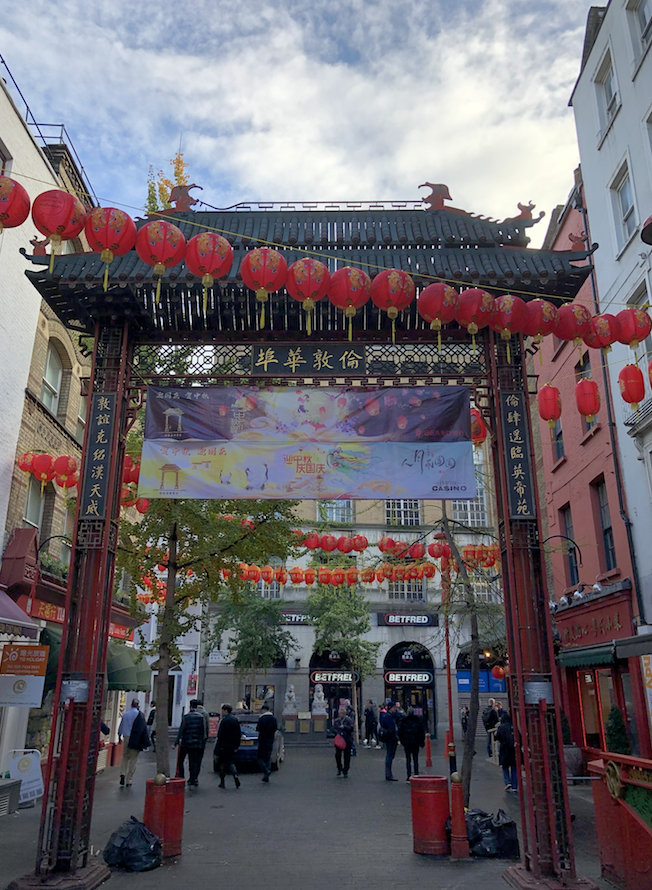 Chinatown, London
Chinatown, London
After living in Los Angeles and New York for the past five years, I recently moved to London for graduate school. Spoiled by the amazing Chinese food in my hometown of Guangzhou and my new home in New York, I rushed to London’s Chinatown the second day I got here.
But beyond good food, I was looking for a community and a sense of belonging in a strange land. Here in London, I found neither.
Compared to its U.S. counterparts, London’s Chinatown is much smaller and more touristy. Bordering Soho and Central London, it takes up only a 3 block x 3 block square. It is also relatively new; it was built in the 1960s after the historical Chinatown in Limehouse, East London was destroyed during WWII.
The present-day London Chinatown is filled with restaurants, bakeries, gift shops and supermarkets. Residential buildings are few and far between. Even worse, herds of tourists, students, and staff come and go leaving the place without any real character. Even the only Chinese bookstore targets western tourists.
London’s Chinatown looks like an ethnic enclave designed for outsiders. It certainly isn’t a community with a strong immigrant identity and rich history.
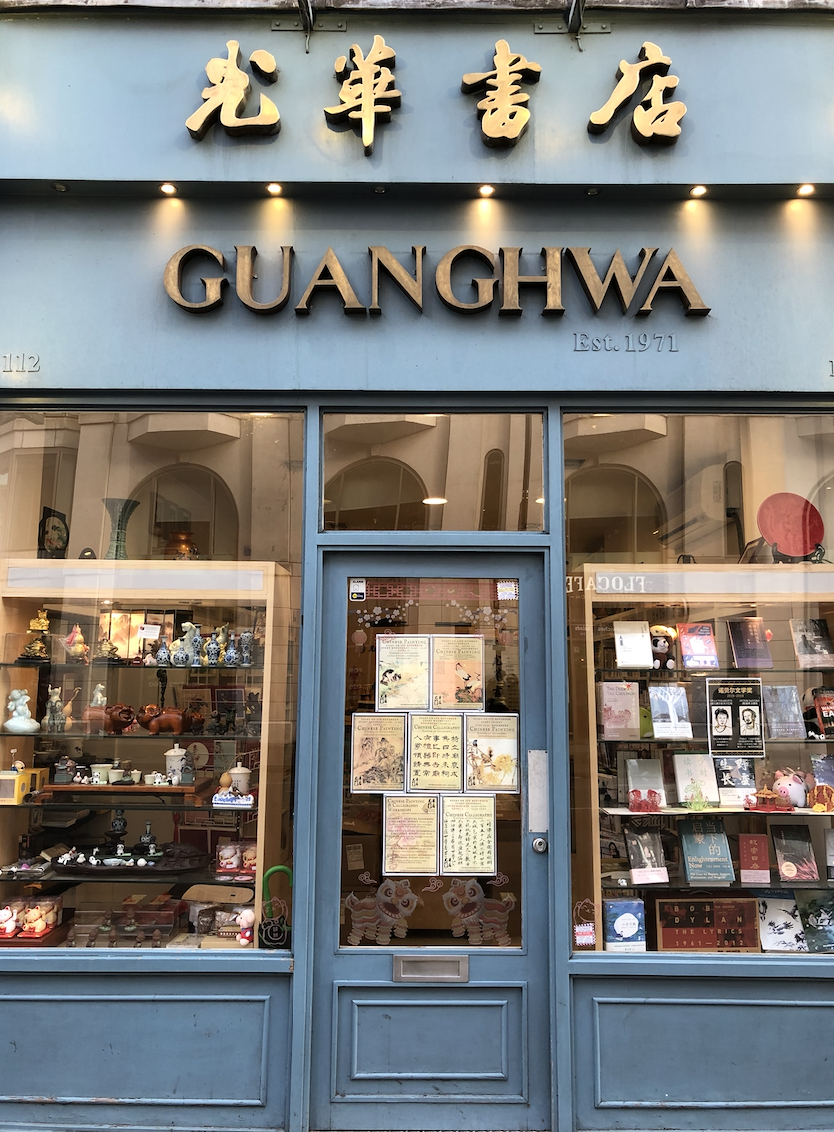 The only Chinese bookstore in London’s Chinatown, Guanghwa Bookshop, sells cultural products and Chinese-language books.
The only Chinese bookstore in London’s Chinatown, Guanghwa Bookshop, sells cultural products and Chinese-language books.
London’s Chinatown cuisine significantly lags behind U.S. counterparts. Here is a Chinatown where you can still find unappetizing low-cost buffets with dishes drenched in oil and sticky sauces. Compared to these, Panda Express looks gourmet.
After countless visits in the past two months, the few spots raved about by critics turned out to be unimaginative at best, mediocre at worst. Outside Chinatown, low key places are scant, and celebrated Chinese restaurants are too expensive for a regular meal.
Unlike New York, it seems like Chinese food is still considered foreign in London. On one end, average Chinese food is served as a cheap, novelty cuisine with unfamiliar “oriental” flavors for western tourists. On the other end, exquisite Chinese food is served in lavish modern spaces and banquet halls, as an “elevated” exotic cuisine catered to the affluent.
The few options in the middle are almost exclusively patronized by Chinese people. They are only there to offer Chinese students some familiar dishes but not culinary gratification. Chinese food is ethnic food here.
In comparison, New York’s Chinatown is much more diverse in terms of cuisines and price levels. There is so much variety- from authentic cheap eats to Chinese restaurants with specific regional cuisines. Outside Chinatown, countless affordable restaurants with great food attract Chinese and non-Chinese alike.
(If you go to any Xi’an Famous Foods location during lunch hour, I assure you over 50% of the people waiting in line are non-Asian.) Chinese food is an important part of the city’s culinary landscape. New Yorkers go to Chinese restaurants for an everyday good meal, not because it is some sort of exotic adventure.
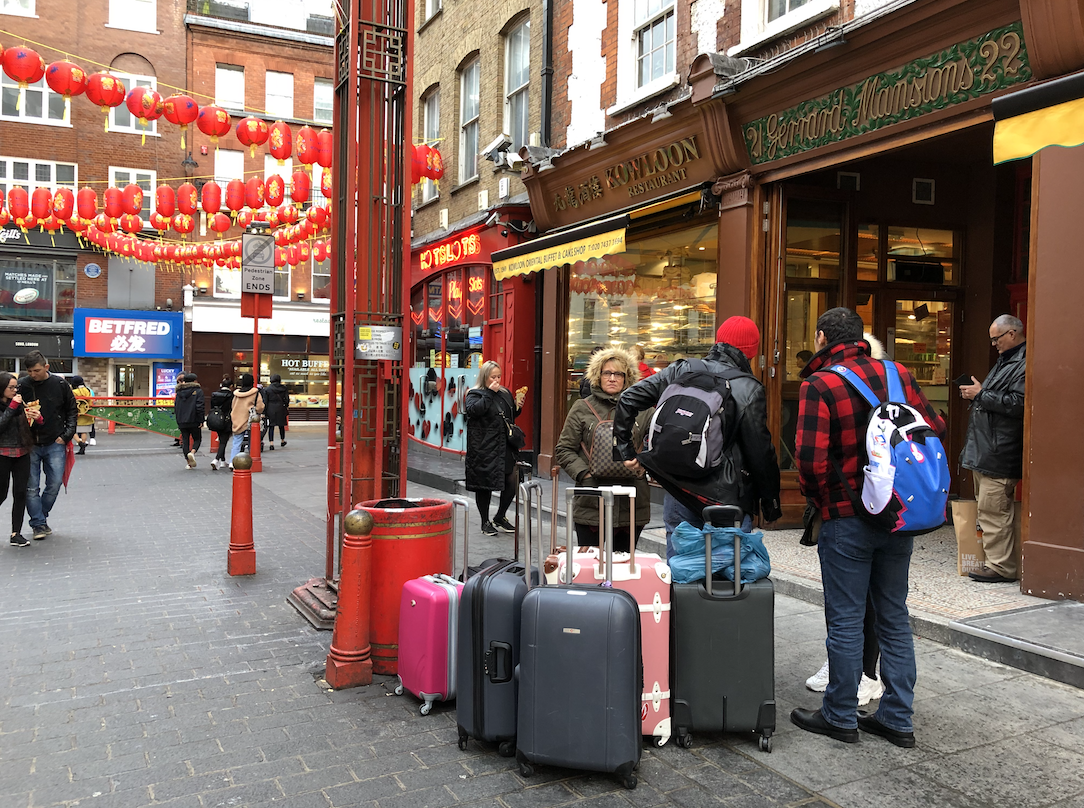 Tourists in London’s Chinatown
Tourists in London’s Chinatown
London’s limited choices and subpar quality for Chinese food might be the result of a smaller Chinese population and its general lackluster culinary landscape.
In 2011, New York City alone had almost half a million people of Chinese descent. It was more than the combined total of 393,141 in the whole of England and Wales. The sheer size of Chinese population has ensured a stable supply of Chinese chefs in major U.S. cities. Meanwhile, London has a much smaller Chinese population, at around 124,300. Moreover, the city itself is also undergoing a chef shortage exacerbated by Brexit.
Perhaps due to its larger Chinese population and exposure to Chinese cuisine, there is also a greater demand for and higher standard towards Chinese food in the U.S.
Sadly, culinary diversity and interest in gastronomy are recent phenomenons in the UK. And they are mostly centered on cuisines from Europe and former colonies. I suspect that compared to New Yorkers and Californians, most Londoners are not as knowledgeable or receptive to food from non-European and non-Commonwealth countries, such as Chinese, Thai, Mexican, Ethiopian, and Soul Food.
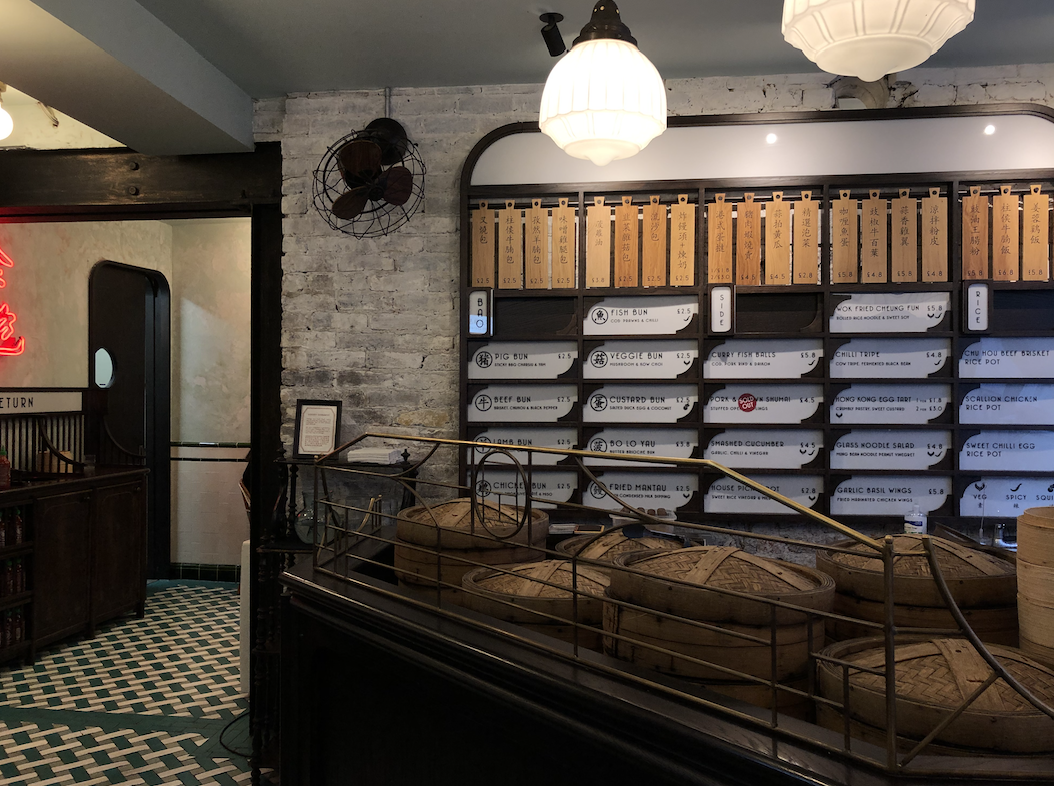 Restaurant “Bun House” in London’s Chinatown
Restaurant “Bun House” in London’s Chinatown
If you are visiting London and you are not familiar with Chinese culture, food and diaspora, London Chinatown could be a nice introduction. Go to the Bun House and the Cantonese restaurant at the Four Seasons.
However, if you are looking for great food and exciting restaurants, skip the Chinese and check out the abundant and amazing Indian and Caribbean options.
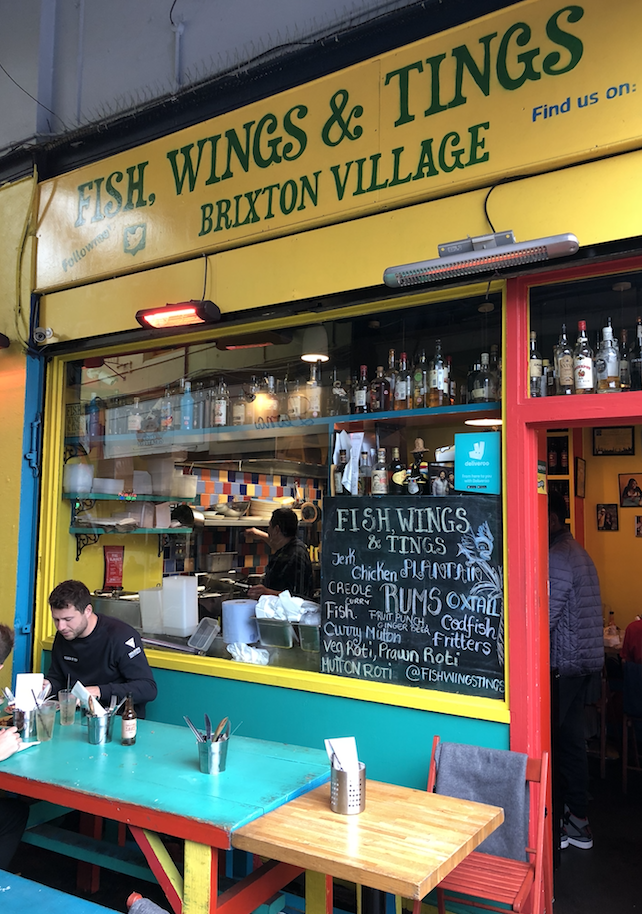 Caribbean restaurant “Fish, Wings & Tings” in Brixton, LondonAs someone who’s interested in the global Chinese diaspora, I will continue to explore the UK’s rich Chinese British experience and immigrant history. Unfortunately, I didn’t find that in London’s Chinatown.
Caribbean restaurant “Fish, Wings & Tings” in Brixton, LondonAs someone who’s interested in the global Chinese diaspora, I will continue to explore the UK’s rich Chinese British experience and immigrant history. Unfortunately, I didn’t find that in London’s Chinatown.
[zombify_post]

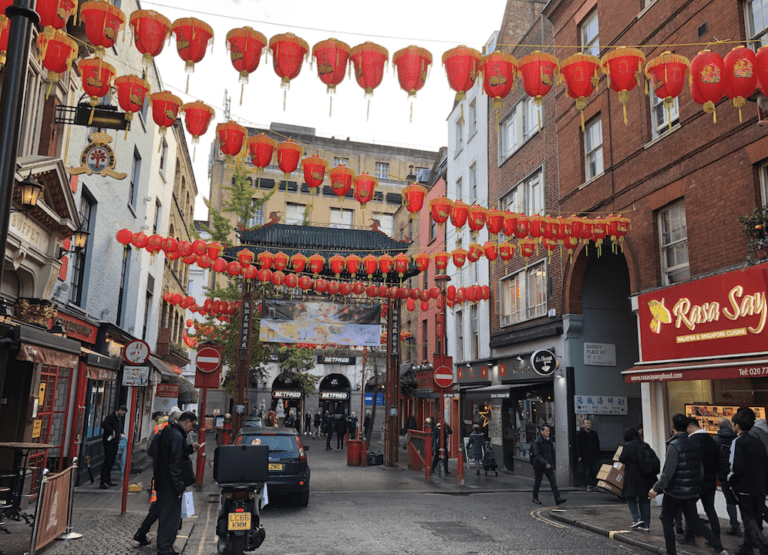
0 Comments